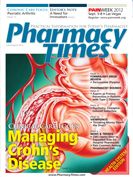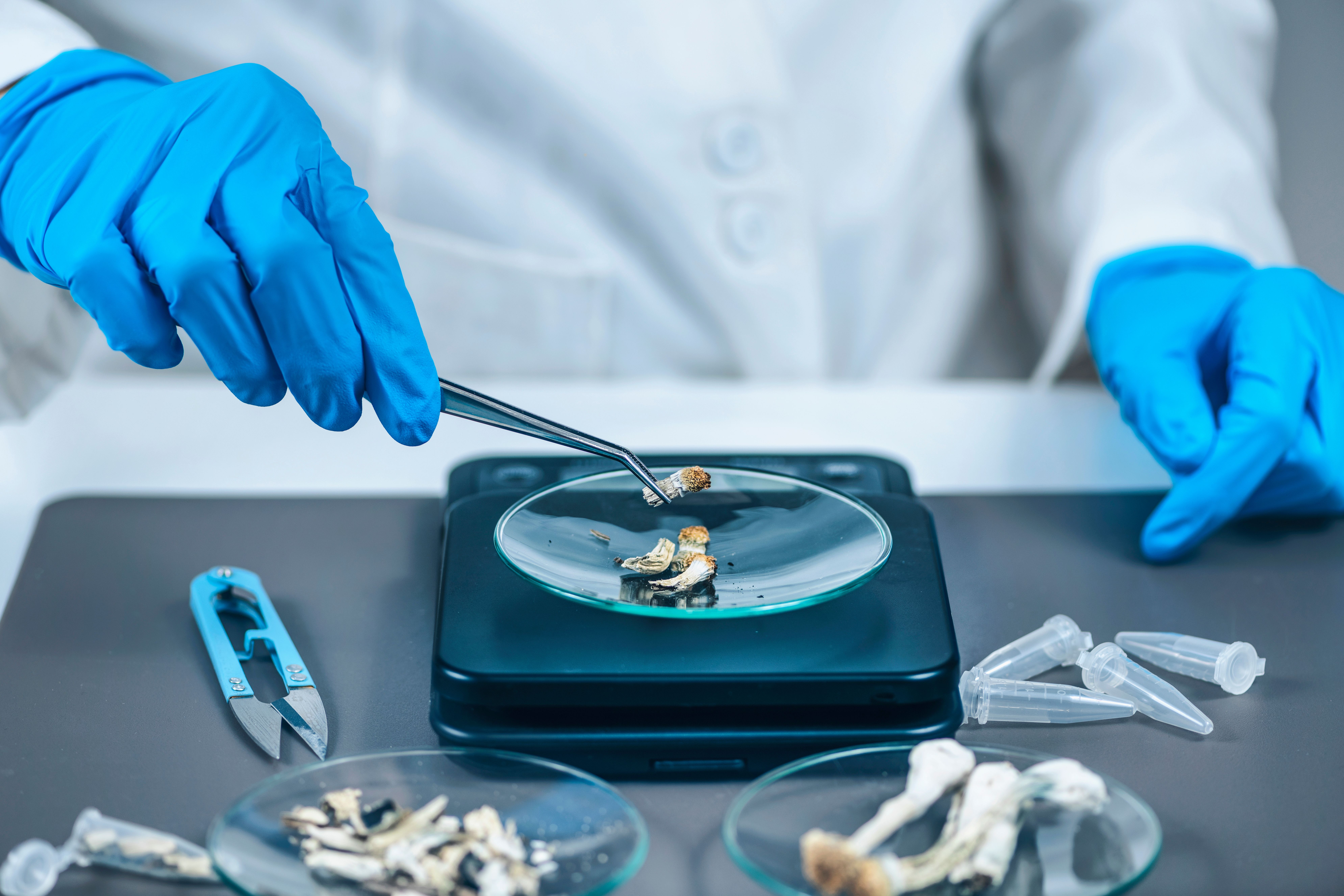Publication
Article
Pharmacy Practice in Focus: Health Systems
Pharmacist Rounds: Psychiatry: Clozapine-Induced Sialorrhea
Author(s):
Case
RP is a 39-year-old man with no known medical history and a psychiatric history notable for chronic paranoid schizophrenia who was recently admitted to your psychiatric unit after 3+ weeks of medication nonadherence. Over the next few weeks clozapine was restarted at 25 mg QHS for his psychosis and titrated to 100 mg PO BID. RP has now begun to complain of drooling that is evidenced by soaking of his pillow and bed linens overnight and difficulty speaking. What pharmacologic options should be considered to help combat RP’s excessive drooling?
Answer
Clozapine is a highly effective second-generation antipsychotic (SGA), usually reserved for patients refractory to other antipsychotics.1 Apart from some of clozapine’s better known and potentially fatal adverse effects (ie, seizure, myocarditis, and agranulocytosis), it is also associated with other more common side effects related to its binding at muscarinic and a-adrenergic receptors.2 Sialorrhea, or excessive drooling, is one of clozapine’s most common adverse effects, occurring in as many as 30% to 80% of patients.3 Clozapine-induced Sialorrhea (CIS) is not generally thought to be dose-related and can occur anytime throughout the day.2-4 Complications from CIS can range from the uncomfortable (ie, social awkwardness and speech difficulties) to the potentially life-threatining (ie, parotiditis, choking, and aspiration).2-4 The 2 leading theories behind the mechanism of CIS are 1) potent agonism at muscarinic M4 receptors and 2) blockade of a-2 adrenergic receptors, which both lead to an increase in salivary flow.2-6
Although several pharmacotherapeutic strategies for the treatment of CIS have been employed, little exists in the way of convincing clinical evidence to help guide drug selection.3 Historical treatments in the US have included systemic antimuscarinic drugs (ie, benztropine, glycopyrrolate, trihexyphenidyl, and amitriptyline) and a-adrenergic agents (clonidine, guanfacine, and terazosin); however, these drugs are often associated with systemic side effects that can decrease tolerabilty and treatment adherence.4 Two popular treatments given their ease of administration, tolerability, and low-risk of systemic side effects are the non-selective, muscarinic receptor antagonists atropine sulfate and ipratropium bromide administered sublingually.2,3,6-12 Atropine is usually administered as 1 to 2 drops of the 1% ophthalmic solution sublingually 2 to 3 times daily.* Ipratropium bromide is usually administered as 1 to 2 sprays of the 0.03% nasal spray formulation sublingually at bedtime, and then increased to 2 to 3 times daily as needed.3
In our case, RP was initially treated with 2 sprays of ipratropium bromide 0.03% nasal spray sublingually at bedtime for 3 days, which was subsequently increased to 3 times daily as needed for drooling. Over the next 2 weeks RP experienced an almost complete cessation of nighttime drooling, but also endorsed several episodes of dry mouth directly following ipratropium bromide administration. These episodes became very bothersome, warranting discontinuation of ipratropium bromide. Atropine sulfate 1% ophthalmic solution was then initiated at 2 drops sublingually every 6 hours as needed for drooling (swish and spit). The atropine regimen resulted in similar efficacy and was better tolerated, resulting in only a few mild episodes of dry mouth throughout the next several weeks.
*Swishing after sublingual atropine administration is thought to increase efficacy by maximizing contact with the oral mucosa.
J. Cameron Mitchell, PharmD, BCPS, is a clinical pharmacist at Central Regional Hospital in Butner, North Carolina.
References
1. Lieberman JA. Effectiveness of antipsychotic drugs in patients with chronic schizophrenia: efficacy, safety and cost outcomes of CATIE and other trials. J Clin Psychiatry. 2007;68(2):e04
2. Iqbal MM, Rahman A, Husain Z, Mahmud SZ, Ryan WG, Feldman JM. Clozapine: a clinical review of adverse effects and management. 2003. Ann Clin Psych;15(1):33-48
3. Syed R, Au K, Cahill C, et al. Pharmacologic interventions for clozapine-induced hypersalivation (review). Cochrane Database Syst Rev. 2008;3:CD005579.
4. Bird AM, Smith TL, Walton AE. Current treatment strategies for clozapine-induced sialorrhea. Ann Pharmacother. 2011;45:667-75
5. Zorn SH, Jones SB, Ward KM, Liston DR. Clozapine is a potent and selective muscarinic M4 receptor agonist. Eur J Pharmacol 1994;269:R1-2.
6. Grabowski J. Clonidine treatment of clozapine-induced hypersalivation (letter). J Clin Psychopharmacol 1992;12:69-70.
7. Sockalingam S, Shammi C, Remington G. Treatment of clozapine-induced hypersalivation with ipratropium bromide: a randomized, double- blind, placebo-controlled crossover study. J Clin Psychiatry.2009;70: 1114-9.
8. Freudenreich O, Beebe M, Goff DC. Clozapine-induced sialorrhea treated with sublingual ipratropium spray: a case series (letter). J Clin Psychopharmacol. 2004;24:98-100.
9. Calderon J, Rubin E, Sobota WL. Potential use of ipratropium bromide for the treatment of clozapine-induced hypersalivation: a preliminary report. Int Clin Psychopharmacol. 2000;15:49-52.
10. Sockalingham S, Shammi C, Remmington G. Treatment of Clozapine-Induced Hypersalivation With Ipratropium Bromide: A Randomized, Double-Blind, Placebo-Controlled Crossover Study. J Clin Psychiatry. 2009;70(8):1114—1119
11. Antonello C, Tessier P. Clozapine and sialorrhea: a new intervention for this bothersome and potentially dangerous side effect (letter). J Psychiatry Neurosci. 1999;24:250.
12. Sharma A, Ramaswamy S, Dahl E, Dewan V. Intraoral application of atropine sulfate ophthalmic solution for clozapine-induced sialorrhea (letter). Ann Pharmacother. 2004;38:1538.

Newsletter
Stay informed on drug updates, treatment guidelines, and pharmacy practice trends—subscribe to Pharmacy Times for weekly clinical insights.






